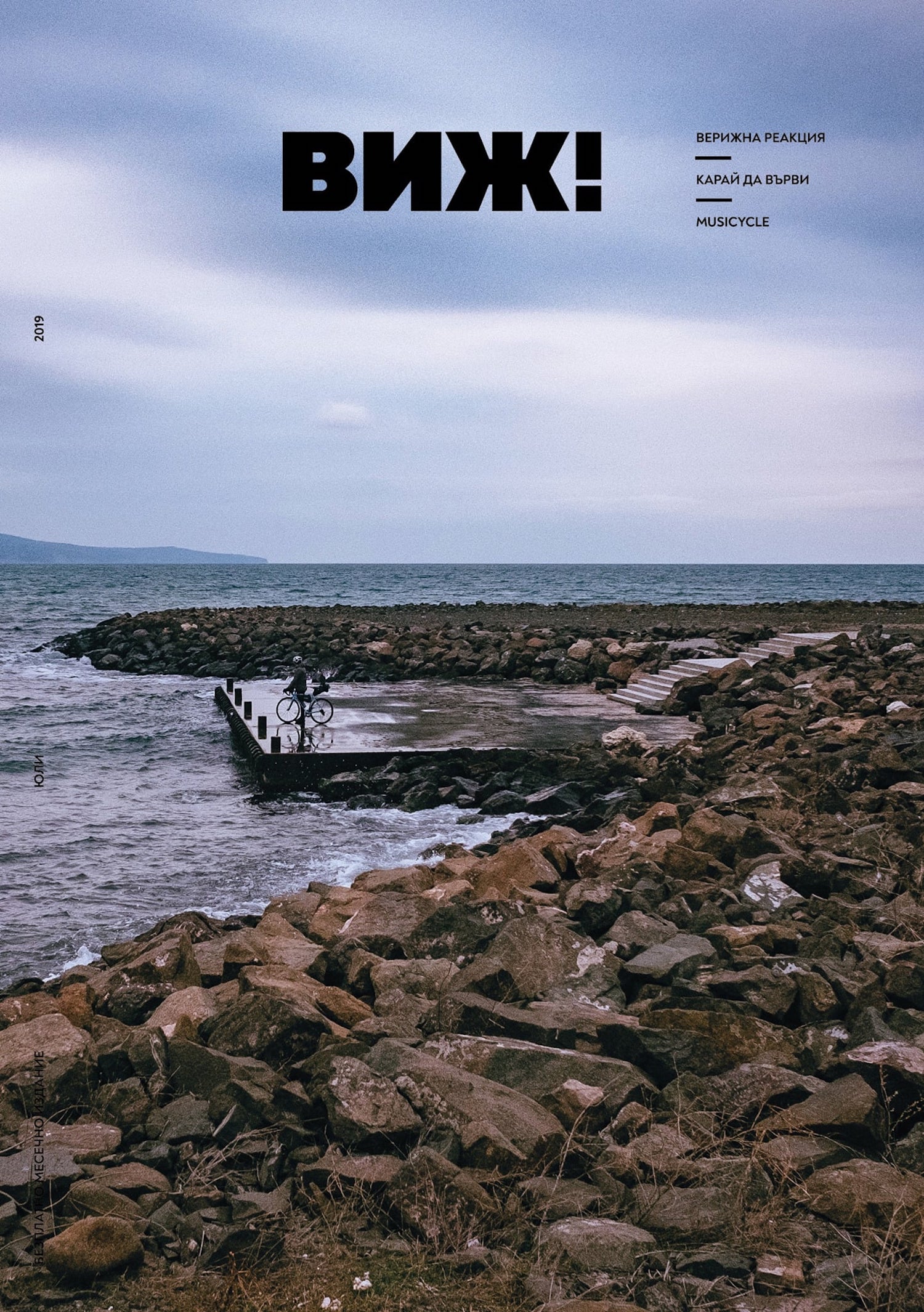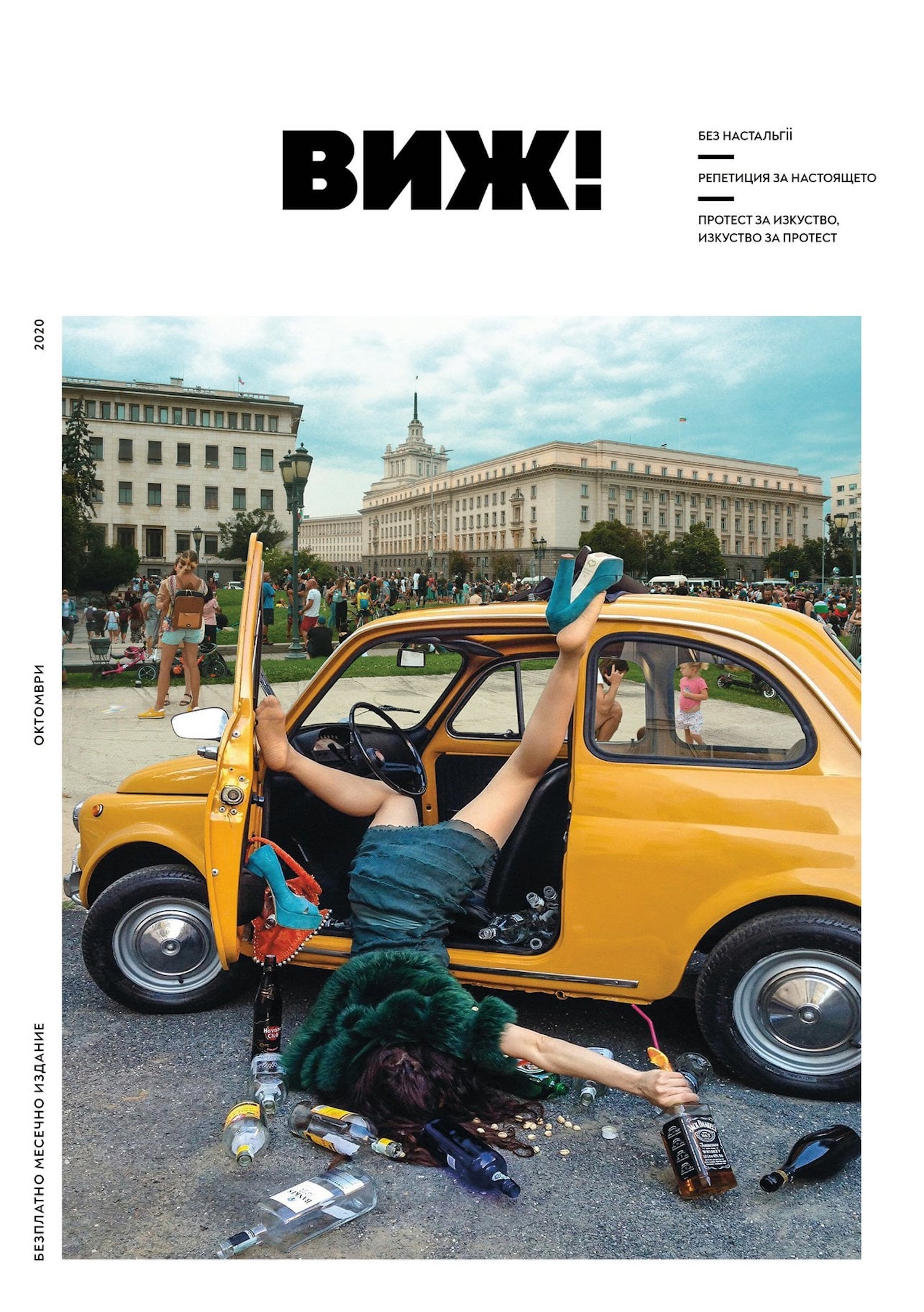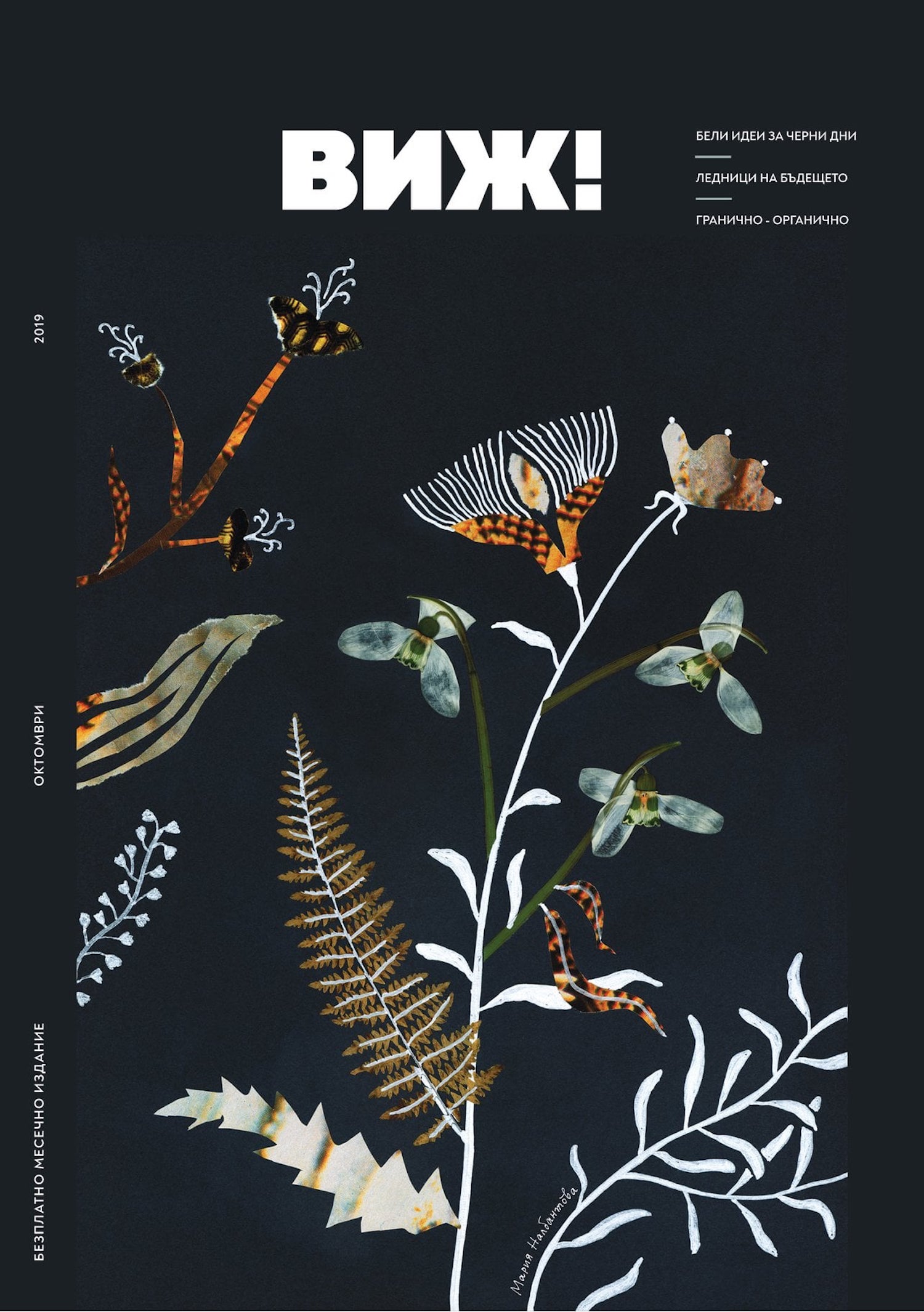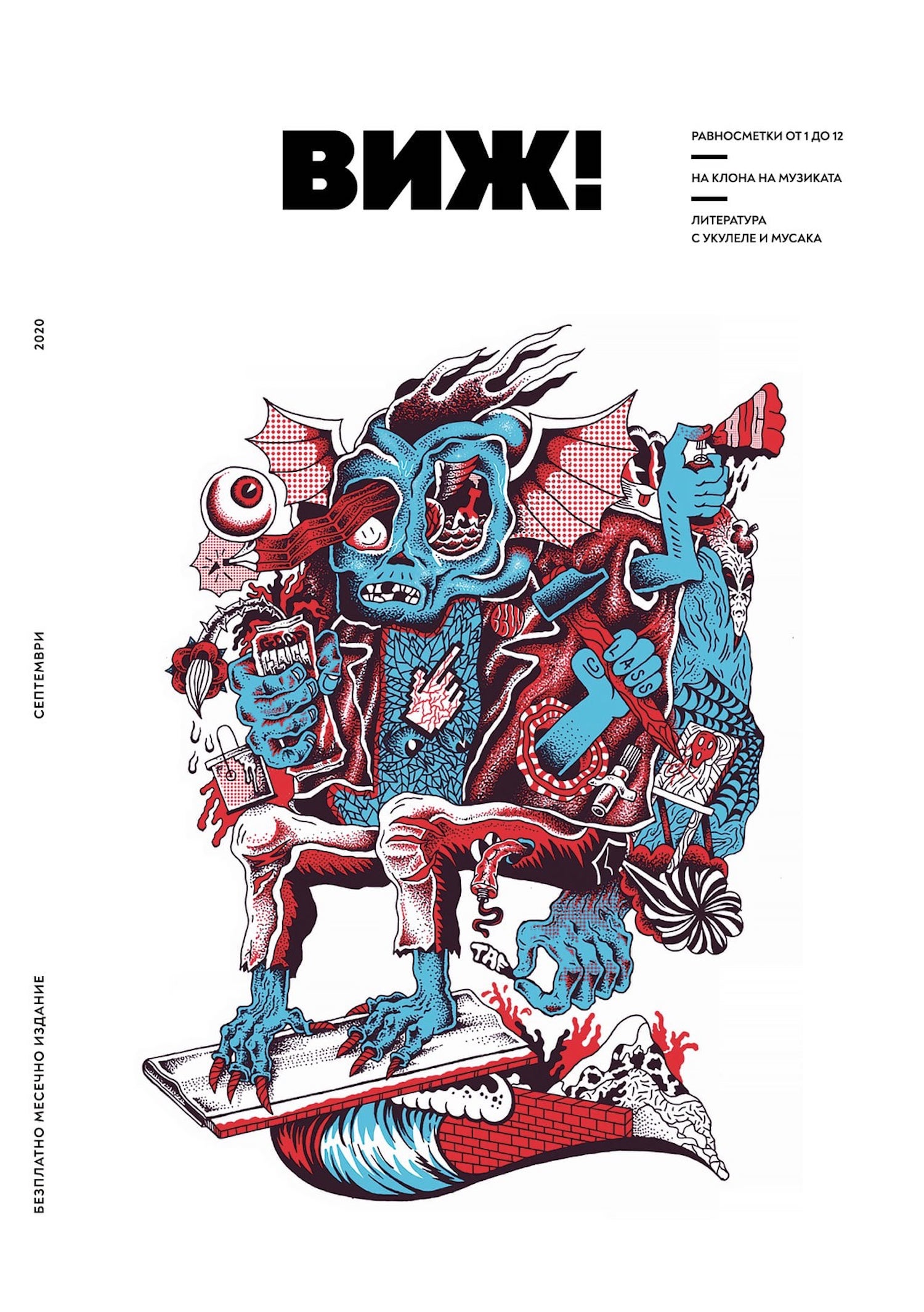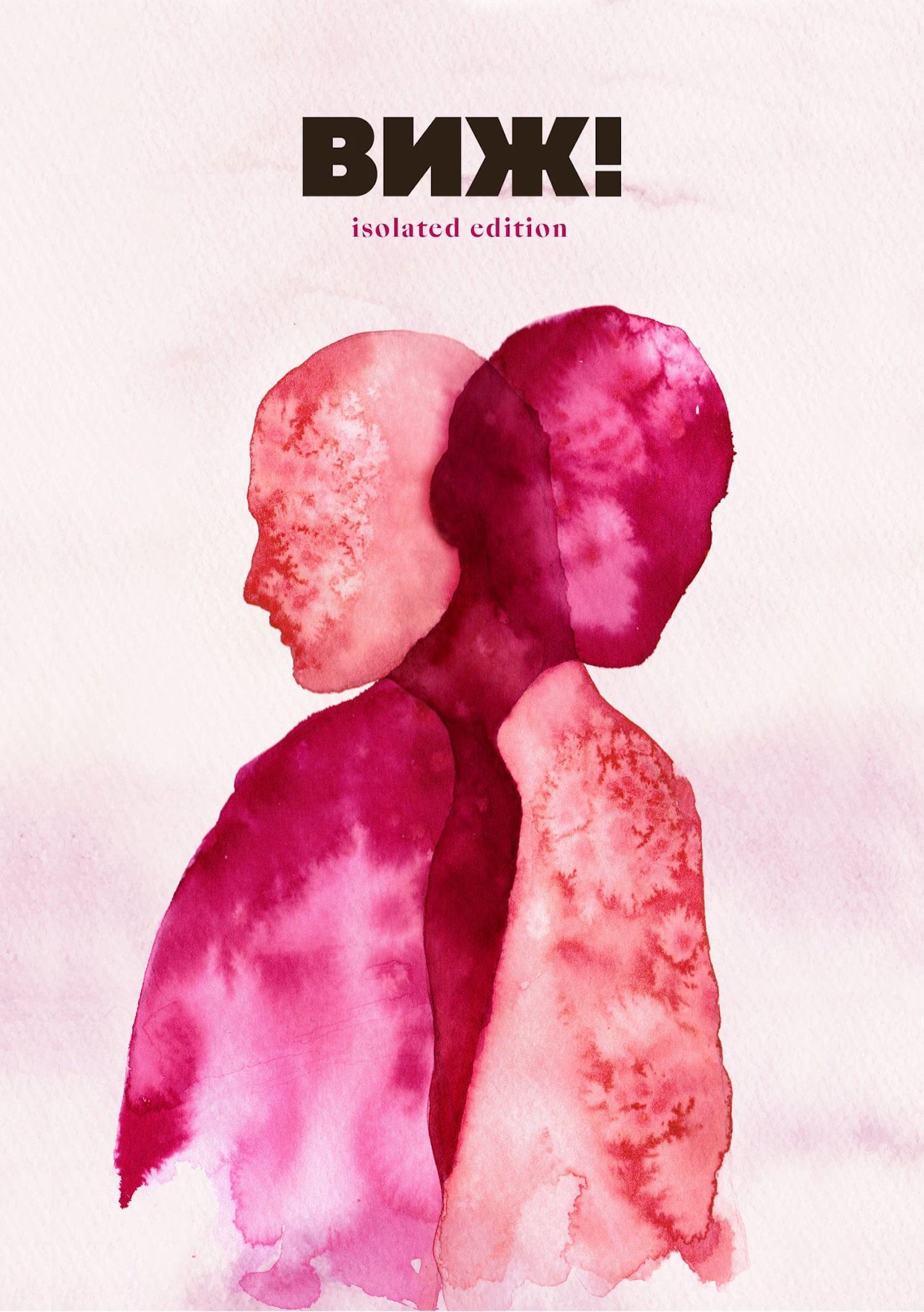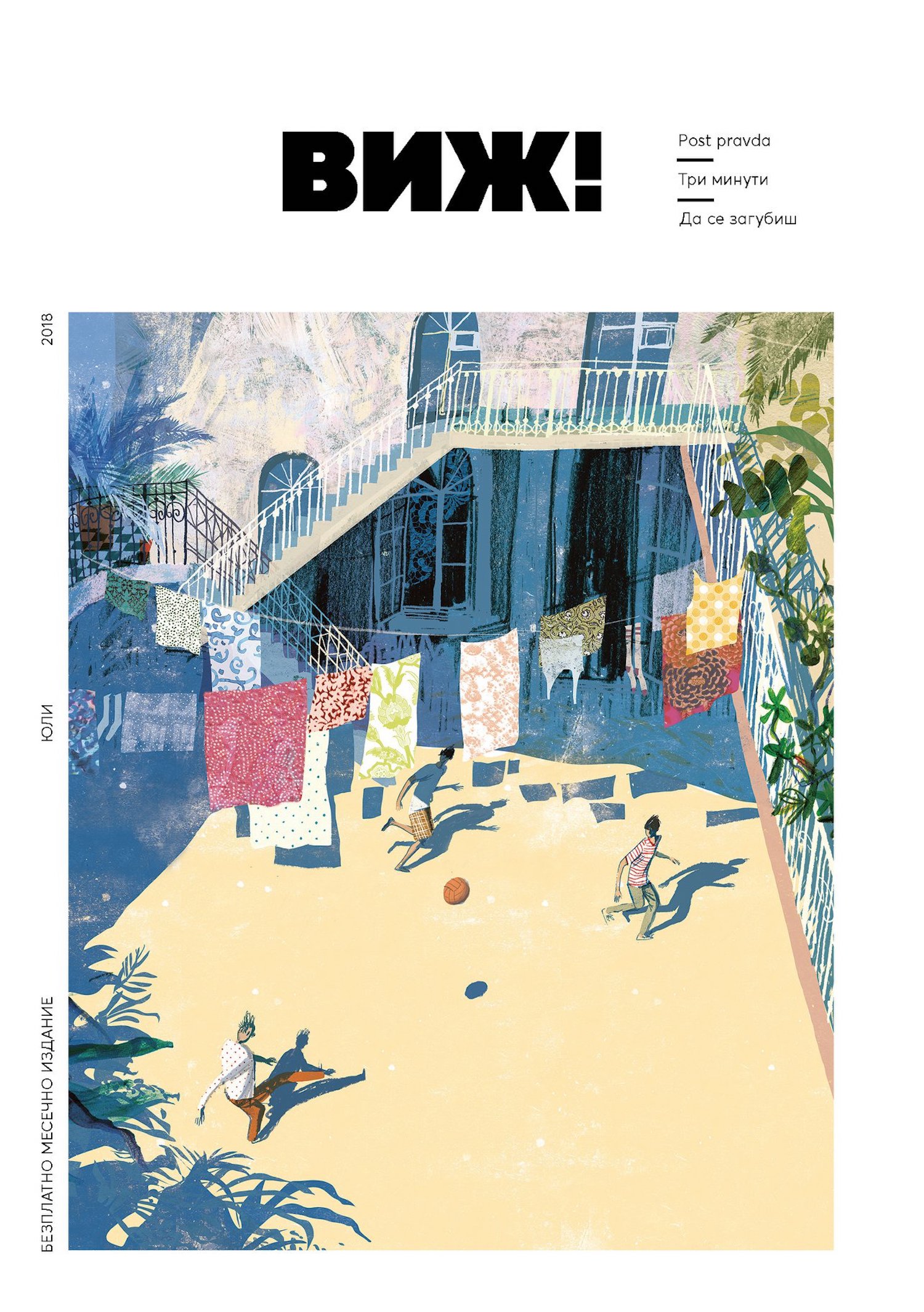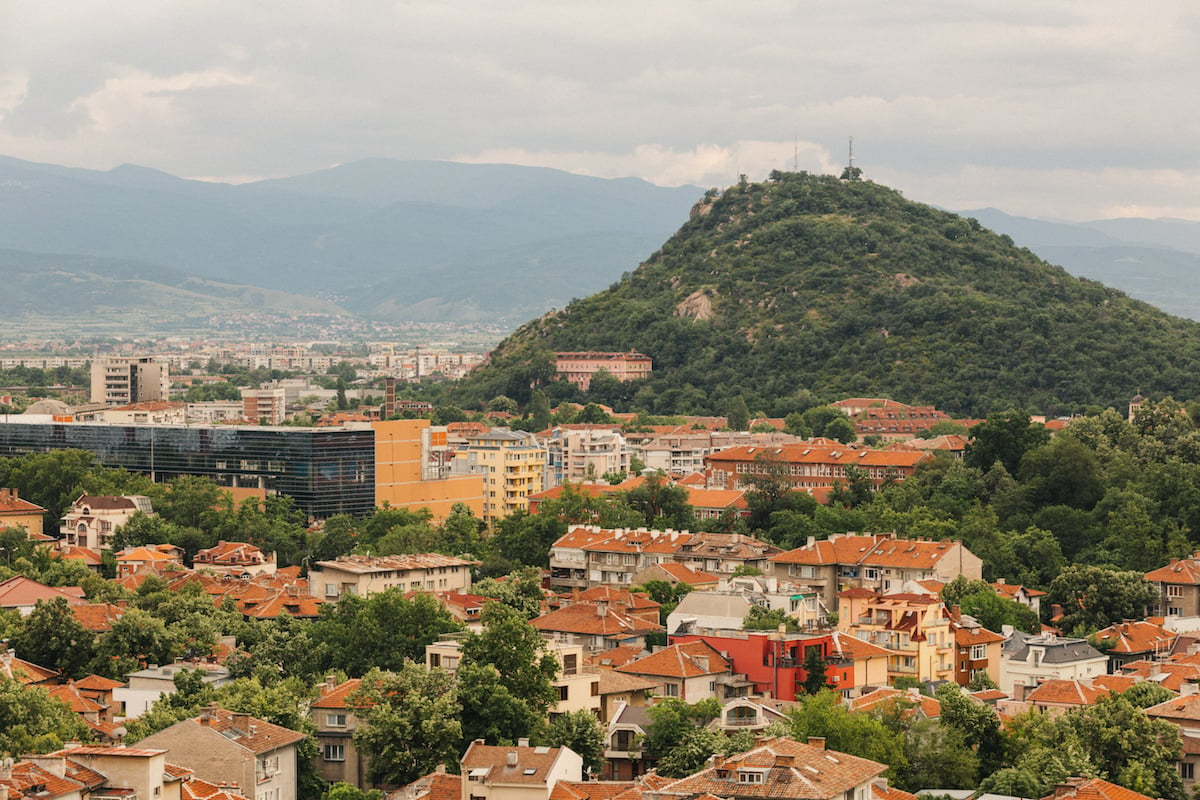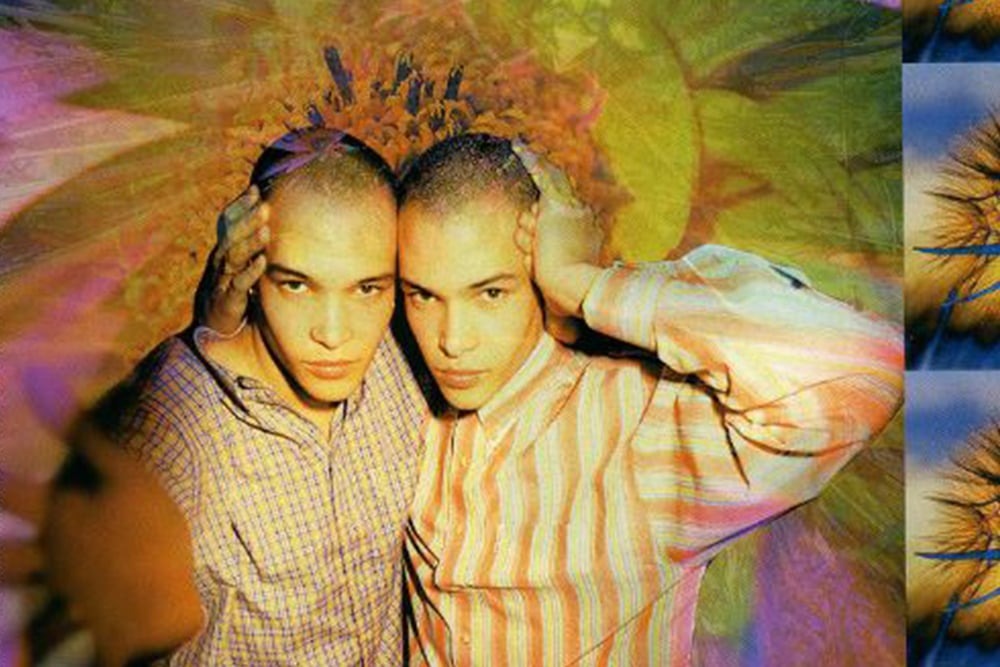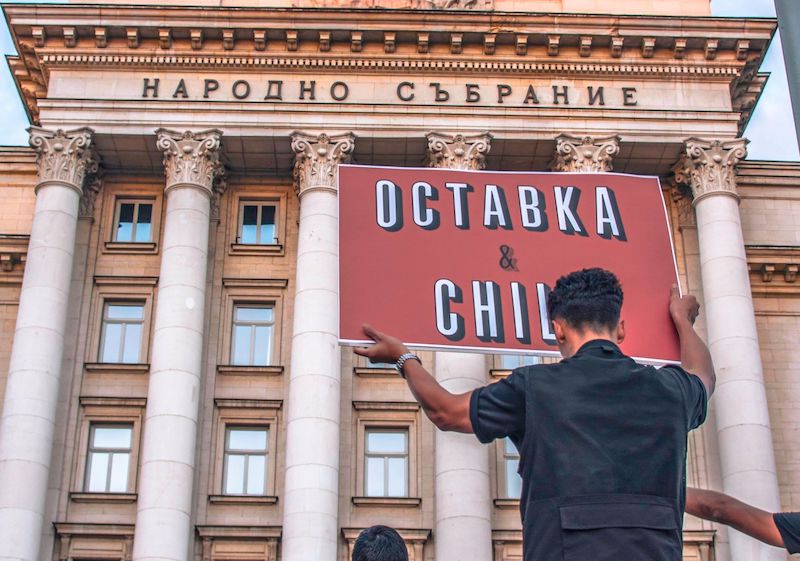VIJ! How one Bulgarian magazine defied the odds and became a cultural institution
In Bulgaria’s increasingly monopolised media sphere, one cultural magazine has survived to make its mark for almost a decade. As VIJ! releases its 100th edition, we dig into the secrets behind its success: from targeting seaside readers to welcoming pensioners.
Step into any of Sofia’s bars, cafes, or music venues, and chances are you’ll see VIJ!: Bulgaria’s indispensable independent culture bible.
Independent media is regrettably uncommon in Bulgaria — and a standalone magazine about arts and culture is “very rare,” says Maya Stefanova, VIJ!’s editor-in-chief. But VIJ! (or “Take a Look!” in Bulgarian) bucks the trend. Flicking through its pages feels like your cool friend who’s armed with recommendations for what to check out that month. More importantly, VIJ! is trusted, a stalwart on the country’s cultural scene. For artists working outside Bulgaria’s traditional mainstream art, it’s one of the few places their shows and ideas will be covered. Now, after nine years, VIJ! is celebrating its 100th edition. “Usually art publications can only make it for so many years,” says Stefanova. VIJ has beaten the odds.
Over the near-decade of VIJ’s existence, Bulgarian media has fallen into the hands of a few politically powerful oligarchs, as traditional funding from advertising has declined. Even for outlets not controlled by media moguls, there is a strong impetus not to rock the boat: most rely on EU funds dispersed by the politicians and agencies they’re covering. Cultural stories rarely make it into mainstream media, and the other publications that do exist often play it safe by focusing on the more staid exhibits connected to national galleries or commercial going-out guides.
As a small-scale, more DIY operation with a loyal fan base, VIJ! has been able to stay afloat without selling out, primarily through print ads (although never on the cover) and direct support via a Patreon that started last spring.
VIJ! was created by Kameliya Velichkova, who remains the publisher and designer, and two of her friends in Burgas, in the summer of 2012. They made the publication they wanted to read: a culture magazine for young people in the coastal Black Sea city. The first few editions were mostly about local events and history, but quickly expanded to other parts of the country.
“When you’re a team of four or five people, you can’t really cover everything,” says editor Svetoslav Todorov. “When you have this monthly frame of a topic to write about, you can limit yourself in the right way.”
Apart from Velichkova, the core team of Stefanova, Todorov, and editor Ivan Dimitrov are all journalists who have written for the arts and entertainment section of Dnevnik, one of Bulgaria’s leading daily news publications.
Away from their day jobs, VIJ! gives them creative freedom to explore different aspects of Bulgaria’s cultural society, like a recent issue dedicated to the art of tattoos, and different formats, like a book capturing art from the first week of the pandemic that went from idea to publication in a matter of months.
“It still feels good that the project can go in different ways,” Todorov says. “It’s not set in stone about how it will develop. With more established issues, your mission is to sustain what’s been achieved so far. But it feels that VIJ! can go in different directions.”
Although the editors point to the publication’s versatility and freedom to be creative as what sets it apart, there are elements that from the start have ensured its success: it’s printed, and it’s free.
“VIJ! is a very clever little magazine,” says illustrator Mila Yaneva-Tabakova, whose artwork graced the June 2020 cover, the first to print after the pandemic began. “The magazine is small, but it directs your attention so you can dig deeper. It’s not some fat cultural magazine with dissertation text inside.”
Ultimately, VIJ! is consistent where it matters. It remains dedicated to covering Bulgaria’s cultural community with warm enthusiasm. The editors themselves are part of the art scene they write about: Todorov DJs with the Indioteque collective, while Velichkova is part of the Burgas International Film Festival.
“The people who write [VIJ!], the people who publish it, the people who advertise there, you really know them and you see them around,” says Nikola Mihov, a documentary photographer and curator at Synthesis Gallery. He often plans the photography gallery’s openings around the magazine’s publication schedule. “You can feel that they have this responsibility,” he said, “which is growing because of the lack of anything else around. VIJ! is one of the few places that you could probably expect to have a review.”
VIJ! is consistent where it matters. It remains dedicated to covering Bulgaria’s cultural community with warm enthusiasm, and the editors themselves are part of the art scene they write about
At the same time, this dedication to a single format has also allowed the magazine to reach new audiences. VIJ! is distributed across three cities: the capital Sofia, seaside Burgas, and Plovdiv, Bulgaria’s second-largest city. In the summer, vacationers along the broader southern Black Sea coast can also pick up copies at seasonal distribution sites. Thanks to its physical print copies, the magazine’s reach goes beyond the young people interested in the latest gallery opening.
“When you’re only online in your circle, you’ll reach your people and people who follow you,” Velichkova says. “Because we are a free magazine, we reach many more people, and people with different interests and ages. This is important because we want to speak to all of them, not only our circle’s smaller community.”
Case in point: according to Stefanova, there are a few shops in Burgas that older people will visit exclusively to pick up the latest copy of VIJ!. If the publication were digital, she doubts it would reach them.
Age shouldn’t determine who can access culture writing or experience the art itself. For Bulgaria’s increasingly elderly population, which has among the lowest internet use in the EU, the medium matters. A print publication gives everyone the chance to read.
There is still new ground to conquer. Over the years, VIJ! has broadened its network by organising events in Sofia and beyond, including a concert on Saint Anastasia Island off the coast of Burgas. As the editors look to the future, they plan to continue using their creative freedom to explore different formats and collaborations. Through digital platforms, VIJ! has reached artists beyond the Balkans and brought them on board to work with Bulgarian artists. The editorial team is interested in expanding their collaborative projects, especially with neighbouring countries along the Black Sea.
Meanwhile, to celebrate its 100th edition milestone, the editors worked with Sofia’s KO-OP gallery and co-working space to create an art exhibit of their own, displaying covers and editions from the past nine years.
It’s a fitting tribute. Over the years since VIJ! was founded, the past editions have become an archive of people and places undergoing rapid change. Todorov says that as more Bulgarians have returned home from living abroad and foreigners have moved to the country, there has been a shift to a healthier, less competitive dialogue in the art community. He wants to capture that spirit too.
“If you’re not enmeshed in that world, maybe you don’t see it,” he said. “But from the inside, it’s like, yeah, there is a better and more creative atmosphere involved that maybe wasn’t in place ten years ago.”
